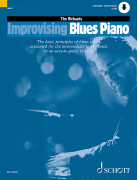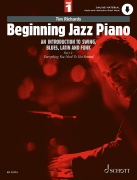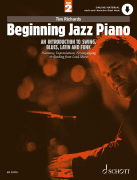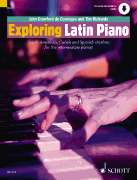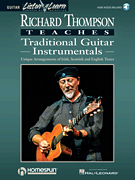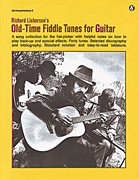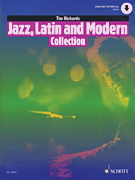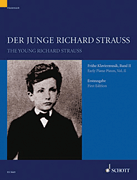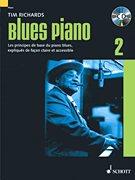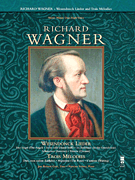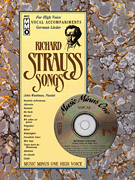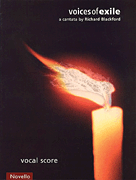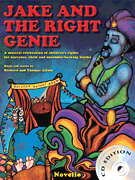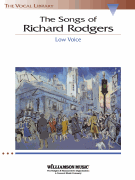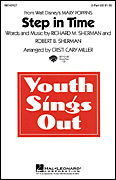Search Results for: “tim richards”
Loading...
Away In A Manger View 435 Products
Let It Go View 363 Products
Lullaby View 107 Products
Somewhere Only We Know View 80 Products
Jump View 69 Products
Time Warp View 68 Products
My Love View 65 Products
Overture View 64 Products
Goodbye View 59 Products
Time View 56 Products
September View 50 Products
I Didn't Know What Time It Was View 50 Products
Come Now Is The Time To Worship View 47 Products
Step In Time View 42 Products
Guilty View 41 Products
Sunflower View 40 Products
Sometimes View 28 Products
Bedshaped View 21 Products
The Last Time View 19 Products
Is It Any Wonder? View 16 Products
Radio View 15 Products
Hope View 14 Products
Animal View 12 Products
Sleepy Time Gal View 9 Products
